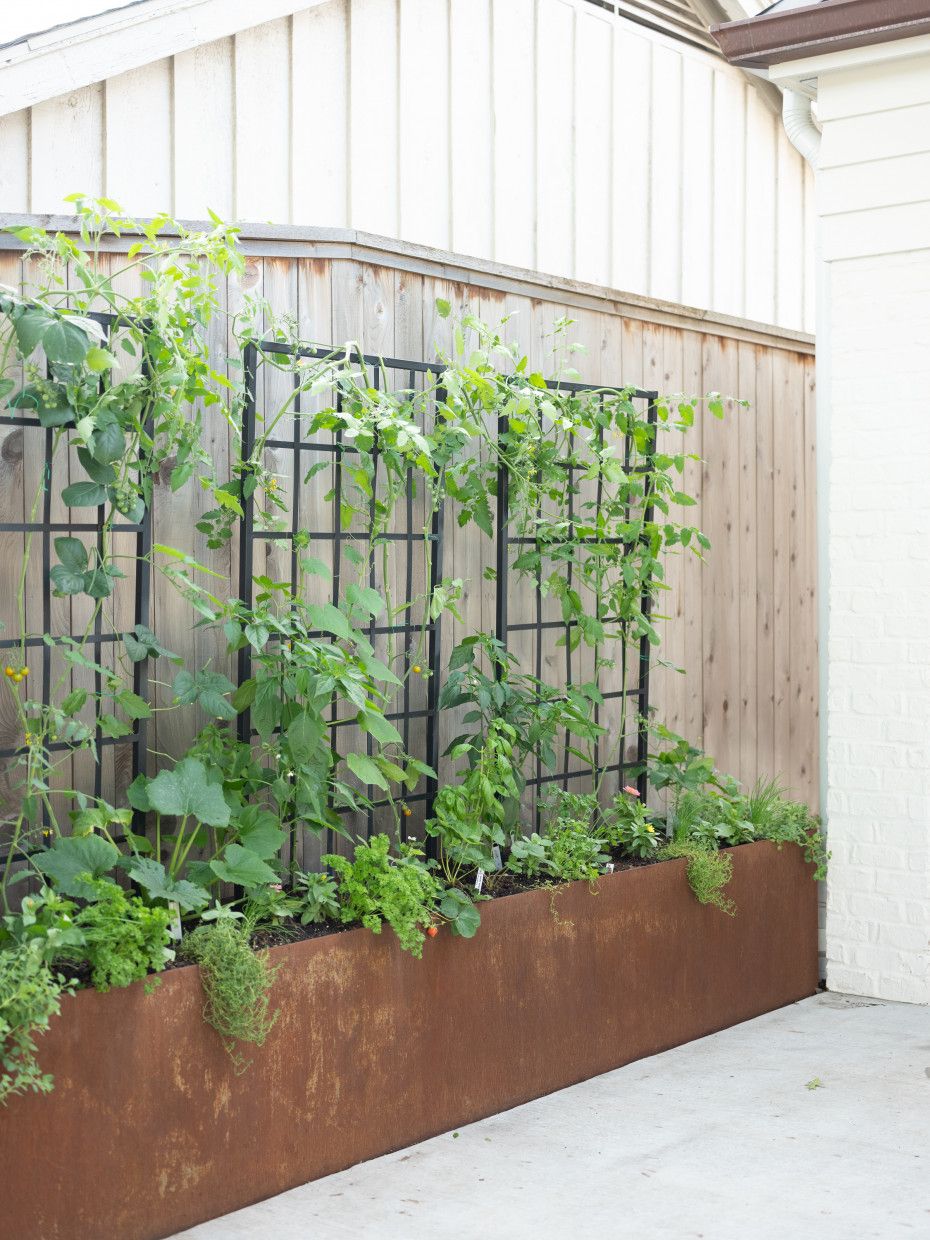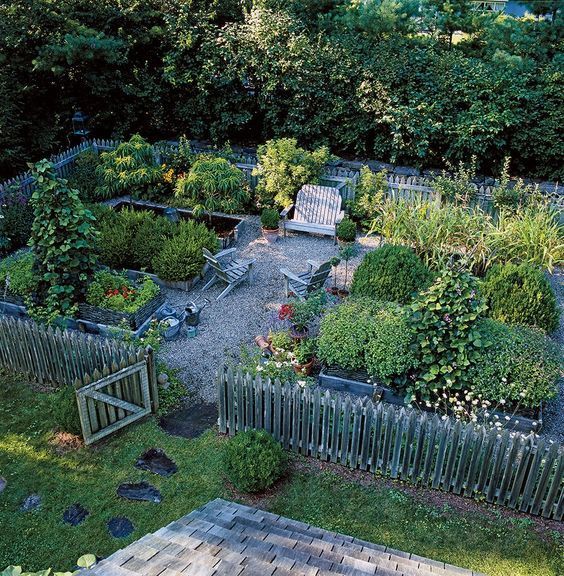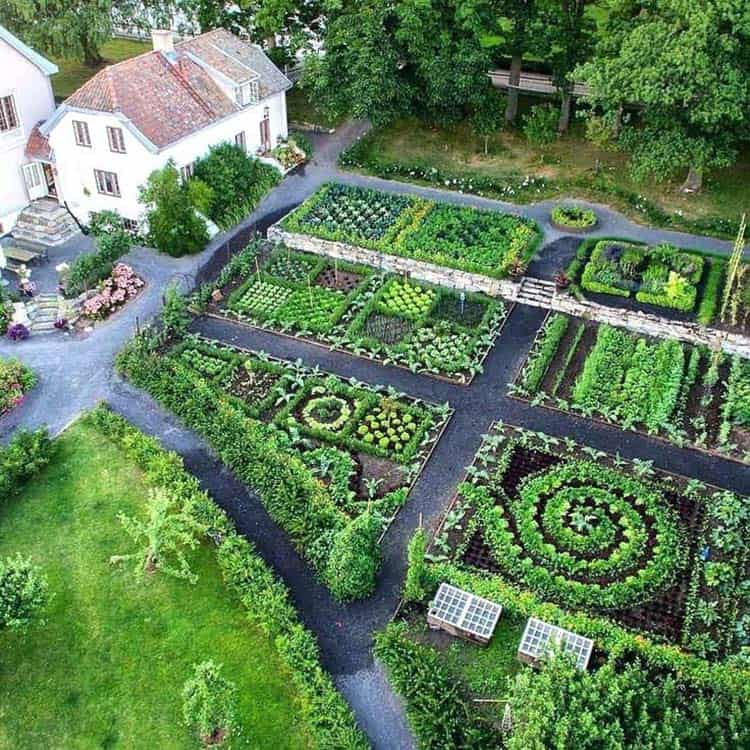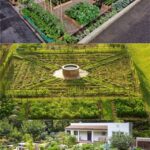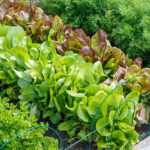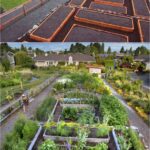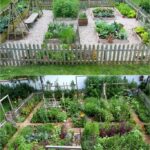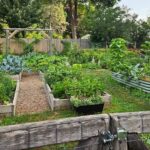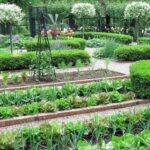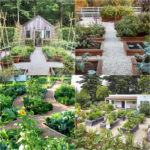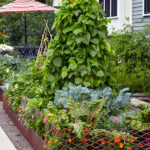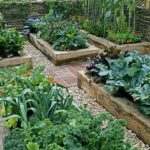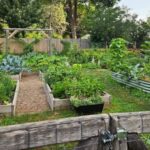When it comes to designing a vegetable garden, there are several factors to consider in order to create a productive and visually appealing space. Planning is key when it comes to laying out your garden, as it can help you make the most of the available space and ensure that your plants thrive. Consider the layout of your garden, the types of vegetables you want to grow, and how much sunlight and water they will need.
One important aspect of vegetable garden design is the layout of the beds. Raised beds are a popular option for vegetable gardens, as they provide good drainage and make it easier to control weeds and pests. You can also create pathways between the beds to make it easier to access your plants for watering and harvesting. Consider the sizes of your beds as well, making sure they are wide enough to accommodate the growth of your plants.
Another important aspect of vegetable garden design is choosing the right vegetables to grow. Consider what types of vegetables you and your family enjoy eating, as well as how much space they will need to grow. Think about the seasonality of the vegetables you choose, as well as their compatibility with each other. Some vegetables, like tomatoes and peppers, are great companions in the garden, while others, like corn and tomatoes, should be kept separate to prevent competition for nutrients.
When designing your vegetable garden, consider incorporating vertical elements to maximize your space. Trellises, stakes, and cages can help support vining plants like tomatoes, cucumbers, and beans, allowing them to grow upwards instead of sprawling out across the ground. Vertical gardening not only helps save space but also makes it easier to care for and harvest your plants.
In addition to the layout and plant selection, consider the aesthetics of your vegetable garden. Incorporating flowers, herbs, and other decorative plants can help attract beneficial insects and pollinators to your garden, as well as add visual interest. You can also add structures like arbors, fences, and decorative containers to create a more cohesive and appealing garden design.
Lastly, remember to consider the maintenance of your vegetable garden when designing it. Make sure to plan for adequate watering, weeding, and fertilizing, as well as pest and disease control. Consider implementing sustainable gardening practices, such as mulching, composting, and rotating your crops, to create a healthier and more productive garden. With careful planning and attention to detail, you can create a beautiful and bountiful vegetable garden that will provide you with fresh, homegrown produce throughout the growing season.
